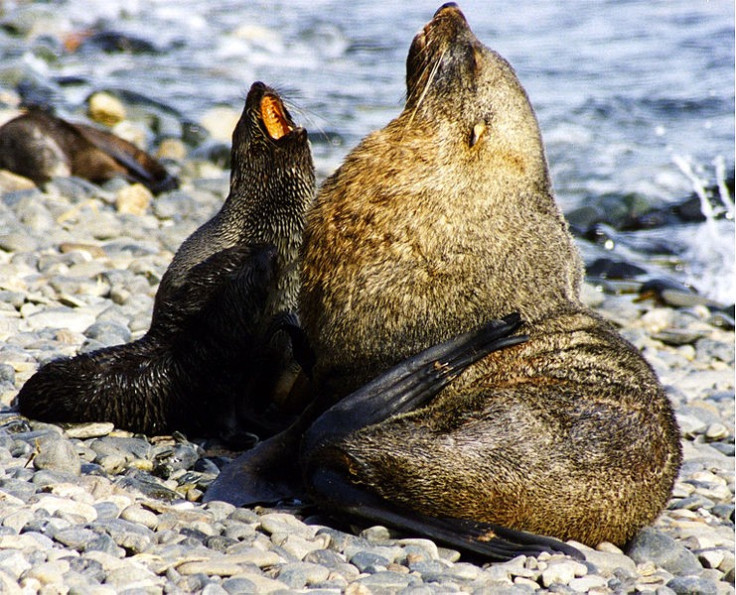Climate Change Impacting Antarctic Fur Seals

Adapt and Survive is the name of the game when it comes to climate change for most species. This holds true for Antarctic fur seals faced with environmental impacts like low krill availability.
But what remains doubtful is if fitness adaptations are being passed down generations. In short, evolution is not keeping up with natural selection driven by climate change.
Despite a shift in the population towards "fitter" individuals, this fitness is not passing down through generations, leaving the population in decline.
Lead author of a study published in Nature, Jaume Forcada from the British Antarctic Survey explains: "Compared with 20 years ago, we can see that female fur seals are now born with a lower weight, those that survive and return to breed tend to be the bigger ones and they have their first pup later in life than they used to."
The proportion of breeding females that are highly heterozygous (possesses a higher level of genetic variation and is associated with higher fitness in many species) has increased, as these individuals are more likely to survive the changing conditions.
However, the seals do not appear to be evolving because surviving females do not pass their high heterozygosity on to their offspring.
With each new generation, the process of selection has to start all over again, with only those individuals that happen to be born more heterozygous having a good chance of survival. This chance depends on which male the female mates with.
Thanks to the British Antarctic Survey's Long Term Monitoring and Survey programme, researchers could study how fur seal life histories have changed over time in relation to the climate and food availability.
Researchers from the British Antarctic Survey and Bielefeld University in Germany analysed data gathered from as far back as 1981 to assess changes over generations of female fur seals on South Georgia, in the South Atlantic Ocean.
Environmental variation determines krill availability in the seals' feeding grounds. This environmental variation is driven by the climate with adverse climatic conditions typically associated with low krill availability, leading to low rates of survival and breeding success of fur seals.
© Copyright IBTimes 2025. All rights reserved.





















